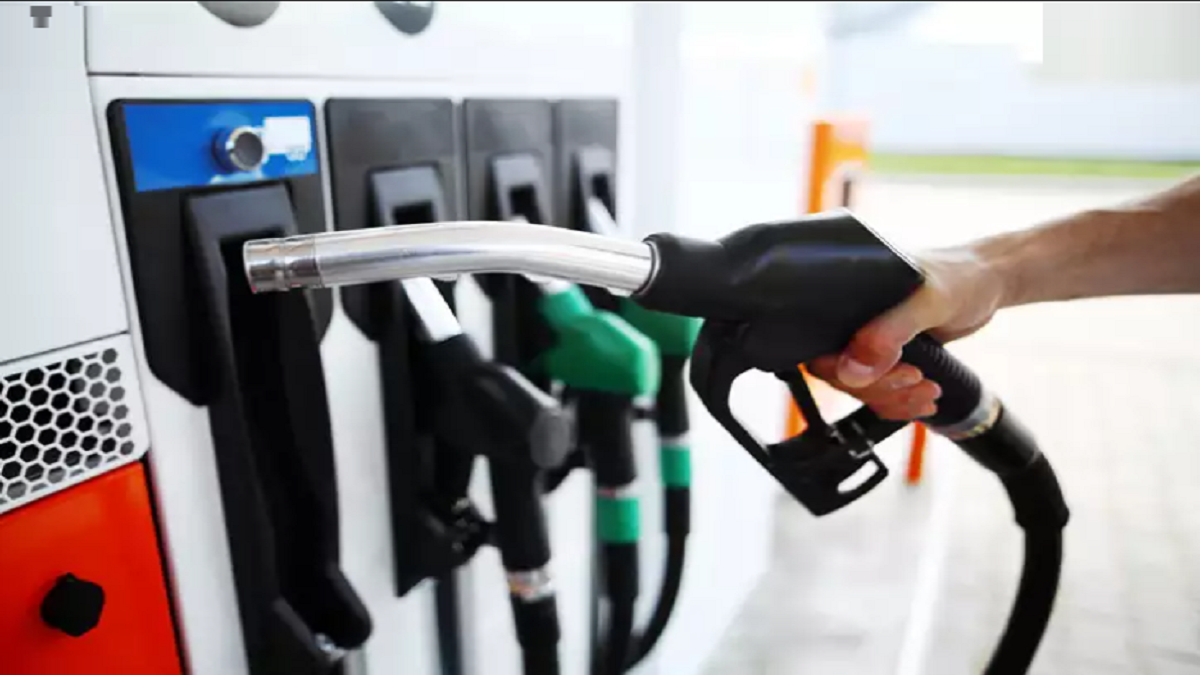


International oil prices rose after the Organization of the Petroleum Exporting Countries and its allies (OPEC+) ignored India’s plea to ease production control. However, the government may surprise consumers with a sharp cut in excise duty on petrol and diesel to tame the rising prices of auto fuels in India.
Sources privy to the development said that the duty cut may be as high as Rs 8 per litre on the two fuels so that consumers are provided immediate relief.
“The revenue projection from the oil sector for FY22 gives the government room to cut excise duty on petrol and diesel sharply to provide immediate relief to consumers. This is being examined and a call may be taken soon,” a government official was quoted as saying by news agency IANS.
Brent crude, the most widely used benchmark, on Friday rose nearly 1% to $67.44 a barrel after the OPEC+ agreed not to increase supplies in April awaiting more substantial recovery in demand.
Petroleum and Natural Gas Minister Dharmendra Pradhan had in the run-up to Thursday’s OPEC meeting urged the producers’ group to ease production curbs to fulfil their promise of stable oil prices, citing that rising international oil prices were hurting economic recovery and demand. Earlier this week, Pradhan had said that India, where fuel demand is recovering to pre-pandemic levels, wants reasonable and responsible oil prices.
India is the world’s third-biggest oil importer and consumer, importing about 85% of its oil needs, and local retail rates in the country are benchmarked to international prices. India had supported the decision of OPEC+ to cut production last year in view of the oil demand collapsing due to the spread of Covid-19.
“At that point in time, the producers, especially OPEC, had assured the global market that by the beginning of 2021, demand will be coming back and production will be as usual. But I am sorry to say the production is yet to be normal,” he said. “If you do not supply properly, if there is a gap in demand and supply artificially (created), there is a price rise.”
The average price of crude oil India imports was less than $50 per barrel between April and December 2020 and comparable to the 2019-20 average rate of $60.47 in months thereafter. However, retail petrol and diesel prices are at historic highs now as the government has so far not rolled back the taxes it levied when prices plummeted almost a year back, and would rise further if the oil companies decide to pass on the surge in international oil prices to consumers.
In view of the economic disruption caused by the pandemic and the need to raise resources to meet additional expenditure needs for relief measures, the Centre had raised excise duty on petrol and diesel by Rs 13 and Rs 16 per litre respectively March 2020 and May 2020. This measure itself would have mobilised an additional Rs 2,25,000 crore revenue for the Centre in FY21.
In February 2021, the pump prices of the two auto fuels increased 14 times, taking up petrol prices by Rs 4.22 per litre to Rs 91.17 a litre and diesel by Rs 4.34 per litre to Rs 81.47 a litre in Delhi. The record taxes coupled with international rates returning to pre-Covid levels on resurrecting demand have meant that petrol has crossed the Rs 100 mark in some places in Rajasthan, Madhya Pradesh and Maharashtra.
According to a report prepared by ICICI Securities, excise duty on auto fuels is estimated at Rs 4.35 lakh crore in FY22, if there is no cut in excise duty on the two products, as against the budget estimate of Rs 3.2 lakh crore.
“Thus, even if excise duty is cut by Rs 8.5 per litre on or before April 1, the FY22 budget estimate can be met. We are optimistic of excise duty cut given demand recovery, impending privatisation and inflation concerns but expect it to be more modest than Rs 8.5 per litre,” the brokerage firm said in its report.
Government officials agreed that there is room to cut duty but its quantum may be decided later this month ahead of the start of the new financial year.
With a pickup in demand in various industrial sectors including consumption of fuels, the expectation is that revenue would balance out even if there is a duty cut. However, sources said that the government would weigh the decision to cut excise duty against additional expenses that it may require towards another dose of stimulus measure in FY22 and also the need to meet GST compensation shortfall for states.
Meanwhile, Saudi Arabia has asked India to use the oil it bought at rock bottom rates last year. Responding to a question on India’s pleas, Saudi Energy Minister Prince Abdulaziz bin Salman at a press conference after the OPEC+ decision on Thursday said that New Delhi should take some of the crude out of storage that they had purchased “very cheaply last year”.
India had purchased 16.71 million barrels of crude in April-May, 2020 and filled all the three Strategic Petroleum Reserves created at Visakhapatnam in Andhra Pradesh and Mangalore and Padur in Karnataka. The average cost of that crude purchase was $19 per barrel, according to Pradhan’s written reply to a question in the Rajya Sabha on 21 September 2020.
The basket of crude oil India imported in February averaged $61.22 per barrel and $54.79 in January this year. It had fallen to $19.90 in April last year and was between $40 and $49 during June and December.
OPEC+, which is currently reining in about 7 million barrels per day of production—about 7% of pre-pandemic supply—has helped engineer a nearly 80% rise in the Dated Brent benchmark since November. Saudi Arabia has taken a voluntary extra 1 million bpd production cut in February and March.
With agency inputs